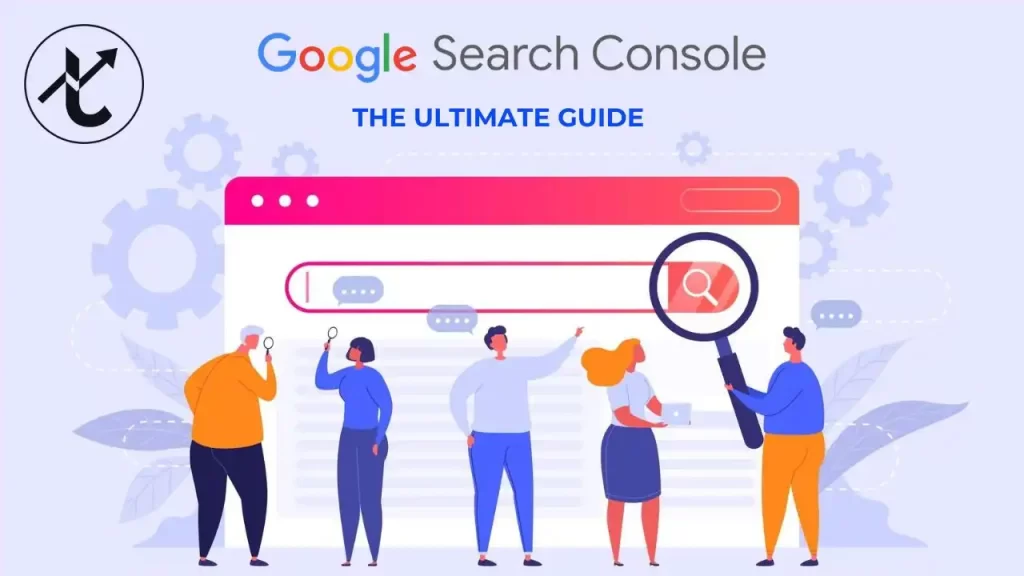In 2025, mastering Google’s ranking factors is crucial for driving organic traffic and elevating your website’s visibility. With search algorithms evolving rapidly, staying ahead requires a strategic approach to SEO. This blog post explores the top Google Ranking Factors 2025 and provides actionable SEO tips, focusing on content optimization for search engines, creating evergreen content for SEO, and boosting user engagement through blog content. Whether you’re a blogger, marketer, or business owner, these insights will help you optimize your website for better rankings.
Understanding Google Ranking Factors 2025
Google’s search algorithm prioritizes user experience, content quality, and technical performance. Based on insights from industry reports and platforms like Search Engine Journal and Moz, here are the key ranking factors for 2025:
- Content Relevance and Quality: High-quality, relevant content that answers user intent remains paramount.
- User Experience (UX): Metrics like page load speed, mobile-friendliness, and intuitive navigation are critical.
- E-E-A-T (Experience, Expertise, Authoritativeness, Trustworthiness): Google emphasizes content from credible sources with demonstrated expertise.
- Core Web Vitals: Metrics like Largest Contentful Paint (LCP), First Input Delay (FID), and Cumulative Layout Shift (CLS) measure page performance.
- Backlinks: High-quality, relevant backlinks from authoritative sites boost domain authority.
- AI-Driven Signals: With Google’s AI advancements, semantic understanding and user behavior analysis (e.g., click-through rates and dwell time) are increasingly influential.
- Engagement Metrics: Time on page, bounce rate, and social shares signal content value to Google.
Now, let’s dive into actionable SEO tips to leverage these factors for better rankings.
1. Content Optimization for Search Engines
Optimizing content for search engines in 2025 goes beyond keyword stuffing. Google’s algorithms, powered by AI, prioritize user intent and semantic relevance. Here’s how to optimize your content effectively:
- Target User Intent: Identify the intent behind search queries (informational, navigational, transactional) using tools like Google Keyword Planner or SEMrush. For example, for a query like “best SEO tips 2025,” create content that directly addresses strategies and trends.
- Use Semantic Keywords: Incorporate related terms and LSI (Latent Semantic Indexing) keywords. For instance, alongside “Google ranking factors,” include phrases like “SEO strategies” or “content optimization.”
- Optimize for Featured Snippets: Structure content with clear headings, bullet points, and concise answers to common questions. For example, a section like “What are Google’s Core Web Vitals?” can target snippet opportunities.
- Leverage AI Tools: Use AI-driven tools like SurferSEO or Clearscope to analyze top-ranking pages and optimize for keyword density, readability, and content depth.
- Update Regularly: Refresh existing content to reflect 2025 trends, such as new algorithm updates or emerging SEO tools, to maintain relevance.
Pro Tip: Aim for content lengths of 1,500–2,500 words for in-depth topics, as longer, comprehensive posts tend to rank higher, per Backlinko’s 2025 analysis.
2. Create Evergreen Content for SEO
Evergreen content remains relevant over time, driving consistent traffic and rankings. It’s a cornerstone of sustainable SEO in 2025. Here’s how to create evergreen content that thrives:
- Choose Timeless Topics: Focus on subjects that don’t expire, such as “How to Optimize Blog Posts for SEO” or “Guide to On-Page SEO Basics,” rather than time-bound topics like “SEO Trends for Q1 2025.”
- Structure for Clarity: Use clear headings (H1, H2, H3), bullet points, and numbered lists to make content scannable. For example:
- Step 1: Research keywords with tools like Ahrefs.
- Step 2: Write detailed, actionable guides.
- Step 3: Include internal links to related evergreen posts.
- Incorporate Visuals: Add infographics, charts, or screenshots to explain complex SEO concepts, improving engagement and shareability.
- Link to Authoritative Sources: Reference credible sites like Moz or Search Engine Land to boost E-E-A-T and build trust with Google.
- Refresh Periodically: Update evergreen content every 6–12 months to include new examples, tools, or data, ensuring it remains accurate and competitive.
Why It Works: Evergreen content attracts consistent organic traffic and serves as a foundation for internal linking, strengthening your site’s SEO architecture.
3. Boost User Engagement Through Blog Content
User engagement metrics like dwell time, bounce rate, and social shares are critical ranking signals in 2025. Engaging blog content keeps visitors on your site longer and encourages interaction. Here’s how to enhance engagement:
- Craft Compelling Introductions: Hook readers in the first 100 words with a problem-solution approach or a surprising statistic, e.g., “Did you know 70% of websites fail to meet Google’s Core Web Vitals in 2025?”
- Use Storytelling: Share case studies or personal experiences, like “How I Doubled My Traffic with These SEO Tips,” to make content relatable.
- Incorporate Interactive Elements: Add polls, quizzes, or comment prompts (e.g., “What’s your top SEO challenge in 2025?”) to encourage interaction.
- Optimize for Mobile: Ensure blog posts load quickly and display well on mobile devices, as mobile searches account for over 60% of traffic in India, per Statista 2025.
- Include Strong CTAs: Encourage readers to explore related posts, download resources, or share content on social media. For example, “Download our free 2025 SEO checklist to boost your rankings!”
- Leverage Multimedia: Embed videos, podcasts, or infographics to diversify content and increase time on page.
Pro Tip: Use heatmaps (e.g., Hotjar) to analyze how users interact with your blog and optimize weak areas, like poorly placed CTAs or unengaging sections.
Additional SEO Tips for 2025
- Improve Core Web Vitals: Use tools like Google PageSpeed Insights to optimize LCP (under 2.5 seconds), FID (under 100ms), and CLS (under 0.1). Compress images, minify CSS/JS, and use a CDN for faster load times.
- Build High-Quality Backlinks: Guest post on reputable sites, create shareable infographics, or collaborate with influencers to earn authoritative backlinks.
- Optimize for Voice Search: Target long-tail, conversational keywords like “What are the best SEO strategies for 2025?” as voice search usage grows.
- Use Schema Markup: Implement structured data (e.g., FAQ or How-To schema) to enhance SERP visibility and click-through rates.
- Monitor Analytics: Track performance with Google Analytics 4 and Search Console to identify high-performing pages and optimize underperformers.
Final Thoughts
Ranking high on Google in 2025 demands a holistic approach to SEO, combining content optimization, evergreen content creation, and user engagement strategies. By aligning with Google’s ranking factors—content quality, E-E-A-T, Core Web Vitals, and engagement metrics—you can boost your website’s visibility and drive sustainable traffic. Start implementing these tips today: optimize your content for user intent, create timeless evergreen posts, and engage readers with compelling, interactive blogs. Stay ahead of the curve by monitoring algorithm updates and leveraging tools like Ahrefs, SEMrush, or Google’s own resources.




